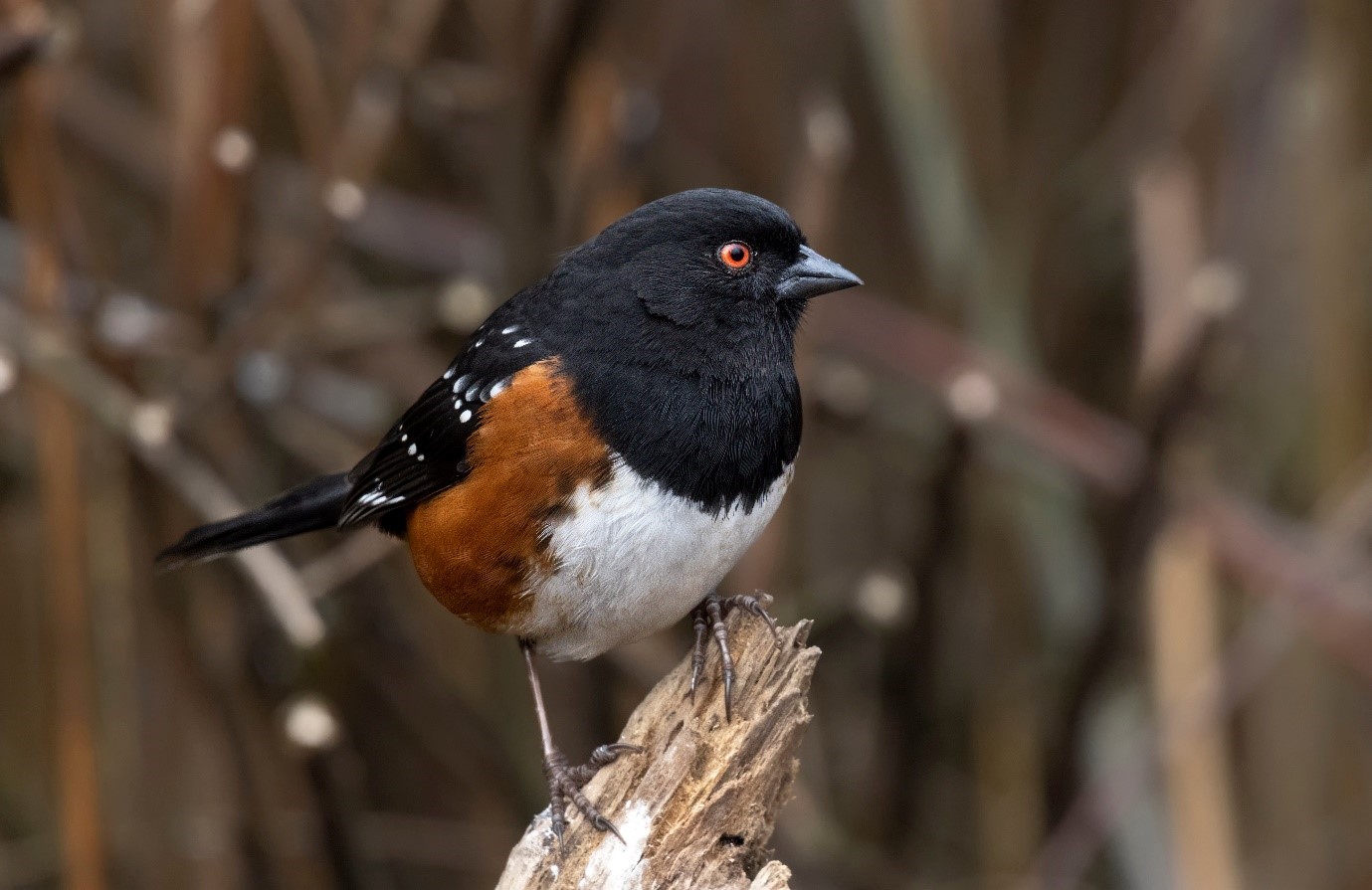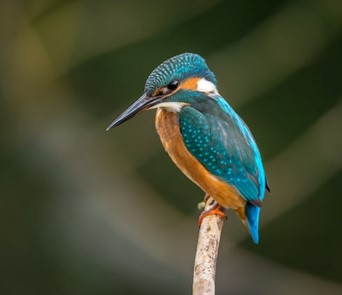Saralyn Wasserman is an avid animal advocate and conservationist. In the following article, Ms. Wasserman discusses how a large number of wild bird populations are currently dwindling at an alarming pace, what is causing it, and why we should be concerned about it.
The Extent of the Problem
Northern America is home to a diverse range of bird species, from the majestic bald eagle to the colorful American goldfinch. However, in the past 50 years, there has been a significant decline in wild bird populations across North America.
Saralyn Wasserman reports that, according to various studies, the number of wild birds in Europe and North America has decreased by close to three billion since 1970. This decline is attributed to a variety of factors, the most prominent being the loss of bird habitat due to climate change, an increase in urban development, the use of pesticides in agriculture, and outdoor cat predation. Nearly half of the world’s avian species are now under threat of extinction in what is being described as a biodiversity crisis.
People born before 1970 may have noticed the decline more than others. Birdwatching has always been a popular hobby, but today it’s more of a niche pursuit that takes a lot of time — as enthusiasts must search with more effort and travel to various locations in order to spot once-prevalent birds.
Interestingly, though, not all species are declining, explains Saralyn Wasserman. Wetland and pond birds are seeing steady numbers and even some population growth. Waterfowl such as ducks and geese compose some of the thriving avian populations.
The Causes of the Decline of Many Species
Saralyn Wasserman explains that our natural ecosystem maintains a delicate equilibrium that is sensitive to change. In recent years, there have been a number of major factors that have impacted avian numbers. Collectively, these factors have had a catastrophic effect on bird populations.
Loss of Habitat
Expansion of towns and cities, or any increase in human land development, will inevitably affect natural habitats. Birds are a major casualty of human population growth — although not only because expanding areas have fragmented previously wild areas of forests and grasslands.
Saralyn Wasserman explains that some bird species have adapted to life with humans — to a certain extent. But the number of avian deaths from collisions with glass windows, vehicles, wind turbines, and electric power cables indicates that land development and birds are at odds with one another, with bird populations being an unfortunate casualty.
With the loss of breeding grounds, many species cannot simply relocate. And a loss of habitat translates into, in most cases, loss of birds.
Climate Change
Saralyn Wasserman explains that not all impact on bird habitats is due to the creation of buildings and land development. But there’s a strong argument for it still being the result of human involvement, which has led to climate change.
In the past 50 years, the US has seen a rise in average temperature of around 2.6 degrees. This might not seem like much, but the hottest decade on record (2010-2019) saw more floods, droughts and wildfires than ever before. And all such ‘natural’ disasters have a huge negative impact on bird habitats.
Cats, Invasive Species and Pesticides
From domestic cats — to the increased number of feral and stray cats (especially post pandemic), certain species of fish, and even other bird species — have all had an impact on local avian populations. The European Starling, for example, has only been in the US since 1890. However, its population has swelled to over 150 million since then, forcing other native birds out of their former breeding areas.
In addition, Saralyn Wasserman says that the use of pesticides in agriculture not only poisons birds in the surrounding areas, but it also decreases the number of insects that birds can feed on as well.
 Take Action to Protect What’s Left
Take Action to Protect What’s Left
The decline of wild bird populations has serious consequences for both the environment and human society. Birds assist in pollinating plants, controlling pests, and providing aesthetic and cultural value. However, there are steps that can be taken on governmental, industrial and individual levels.
In the US, the Fish and Wildlife Service is working to preserve natural habitats and to educate people on how to protect and preserve native species. Globally, calls to designate one third of the earth as protected areas, including marine sanctuaries and national parks, by the year 2030, have been put forth by the UN.
Similarly, tighter industry regulations will help to lower carbon emissions and halt the use of harmful chemicals, including pesticides being used in the agricultural sector.
Saralyn Wasserman says that each individual person can adopt their own role as well. By embracing simple habits in one’s everyday life, such as reducing energy and waste, the use of chemicals and plastics, keeping cats indoors, and incorporating native plants and trees around homes, all people can help the cause.
The fight to maintain and boost healthy bird populations has not yet been lost, but we have to act now or we risk losing even more of these beautiful pollinators.
In Conclusion
The decline of wild bird populations throughout North America has serious consequences for both the environment and human society. It is essential to address the various factors that contribute to the decline, such as the use of pesticides and chemicals and the impact of climate change. By taking action now to protect wild birds, we can ensure a healthy, vibrant ecosystem for future generations.








